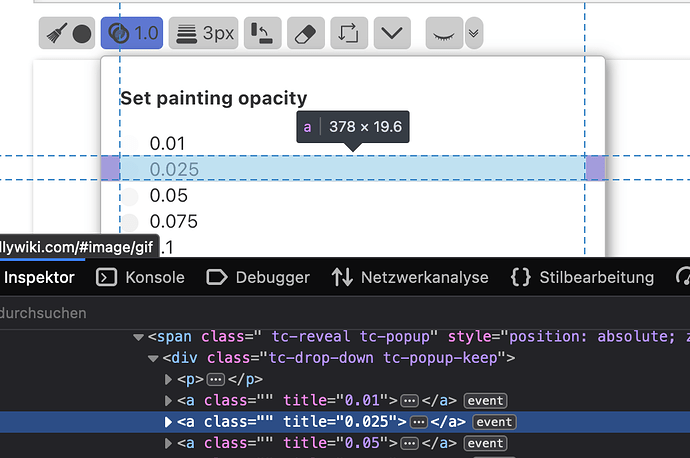That’s what’s recommended now.
TLDR; Conclusion
The button-widget, was probably one of the first and one of the most important widgets to start with … In the context described below it should be clearer, why there are some “sins” in the widget attributes. … We simply needed that flexibility.
more context
The main problems with native HTML elements like select is, that they are really hard to style in way that also looks good on all browsers. It’s probably better now, but TW5 is an “early contender” in terms of HTML 5 standards.
Most of the functions like dropdowns where needed from the beginning and the basic concepts where developed back then.
The HTML-5 standard was introduced in Jan. 2008 and reached “W3C Recommendation” status in Oct. 2014. So the standard itself was still in its infancy when TW5 development started.
The first usable TiddlyWiki5 alpha was published in Nov. 2013 where Chrome was version 31, Safari v7, FireFox v26 and IE 11 was just introduced.
TW public development started Nov. 2011 with the initial commit at GitHub
IE 11 rests in peace and TiddlyWiki has the strongest community ever 
Conclusion
See: TLDR;
 … “That could confuse a stupid person!” Lol!
… “That could confuse a stupid person!” Lol!
